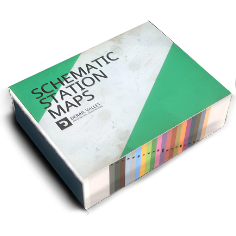Boiler/zh-hans: Difference between revisions
Appearance
Updating to match new version of source page |
Updating to match new version of source page |
||
| Line 9: | Line 9: | ||
<div lang="en" dir="ltr" class="mw-content-ltr"> | <div lang="en" dir="ltr" class="mw-content-ltr"> | ||
Water is | Maintaining nominal {{pll|Water Level|water level}} in the boiler is critical. Failing to do so can be catastrophic, from {{pll|Cylinder Cocks|damage to cylinders}}, to {{pll|Mechanical Powertrain Damage|boiler explosions}}. Water is fed to the boiler using an {{pll|Injector|injector}} and dumped using a {{pll|Water Level|blowdown valve}}. | ||
</div> | </div> | ||
Latest revision as of 13:38, 12 March 2025
锅炉是蒸汽机车上的大型圆柱形水箱。它有一组管子穿过它,将后面的燃烧室与前面的烟箱连接起来。来自燃烧室的热空气和烟雾通过这些管道,加热锅炉内的水,最终使其蒸发成蒸汽。作为加压室中的可压缩气体,蒸汽会在锅炉中积聚,从而增加压力。水的沸点温度取决于锅炉中的压力大小。压力越高,沸点越高。随着锅炉中的蒸汽冷却下来,它会凝结回水。
大多数蒸汽机都有一个安全阀,可以在锅炉超压时释放多余的蒸汽。建议锅炉中的压力与运行发动机所需的压力一样大,不要超过,因为过量会导致燃料浪费。
Maintaining nominal water level in the boiler is critical. Failing to do so can be catastrophic, from damage to cylinders, to boiler explosions. Water is fed to the boiler using an injector and dumped using a blowdown valve.
The boiling point temperature of water depends on the amount of pressure in the boiler. The higher the pressure, the higher the boiling point.
